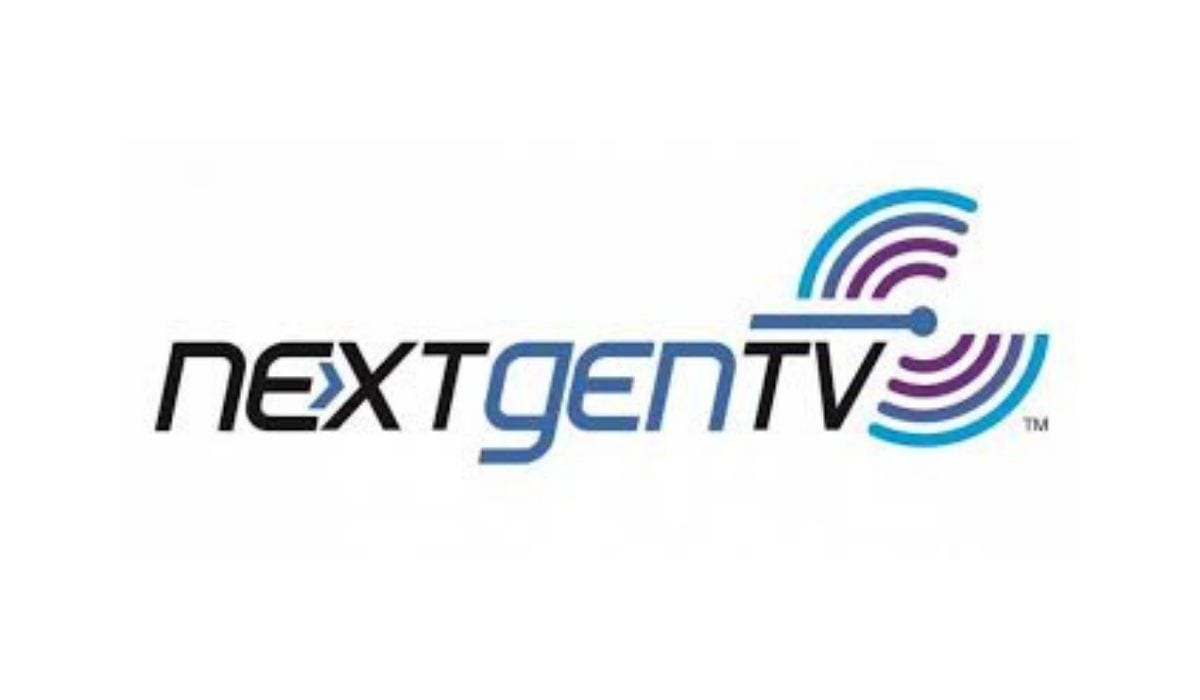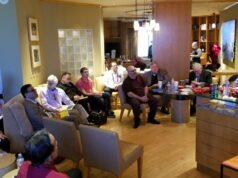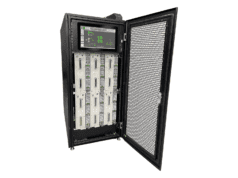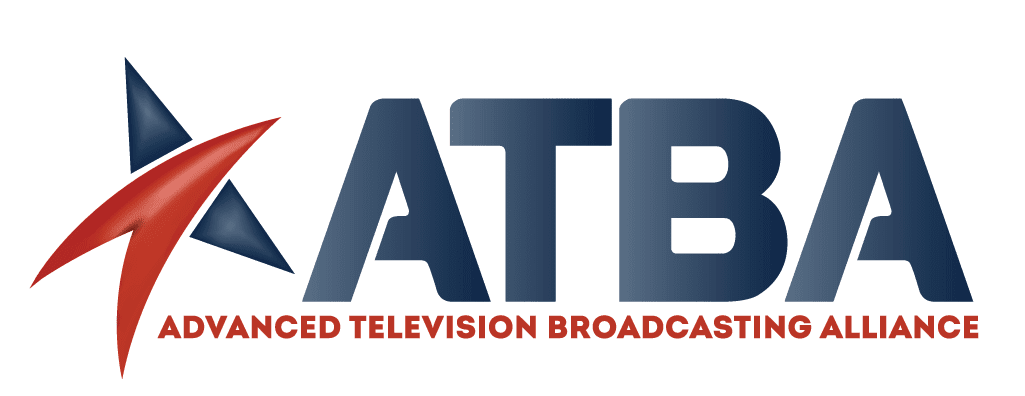As U.S. broadcasters transition to ATSC 3.0, one of the biggest challenges the industry faces is the shortage of available spectrum to deliver a diverse multiplex of channels and the availability of low-cost, last-mile internet connectivity. The repack is complete, but broadcasters need to avoid disrupting the current business workflow while successfully transitioning to ATSC 3.0. The only practical solution is one based on channel sharing.
To start a channel share, the logistics of cross connecting two or more stations is not complex. The broadcast industry has a wide range of tools to facilitate this. Cross connecting two or more stations will increase a station’s opex, and the price magnitude will vary between markets.
The transition to ATSC 3.0 is starting in mid-size markets mostly because broadcast spectrum is available, and the price of high-speed internet is not cost prohibitive. Stations in top-10 designated market areas (DMAs) will have readily available low-cost internet but little to no available spectrum; therefore, they will require very careful planning and a very high-density broadcast delivery solution to start broadcasting NextGen TV.
Conversely, stations in markets 150 and higher will likely have plenty of broadcast spectrum but very few and costly internet choices. This article will discuss strategies for enhancing ATSC 1.0 signals to leverage the available spectrum capacity, along with must-have capabilities in an encoding solution to ensure optimal efficiency for high-quality video delivery over the internet to smoothly usher in the ATSC 3.0 era.
Read more at TV Technology.











